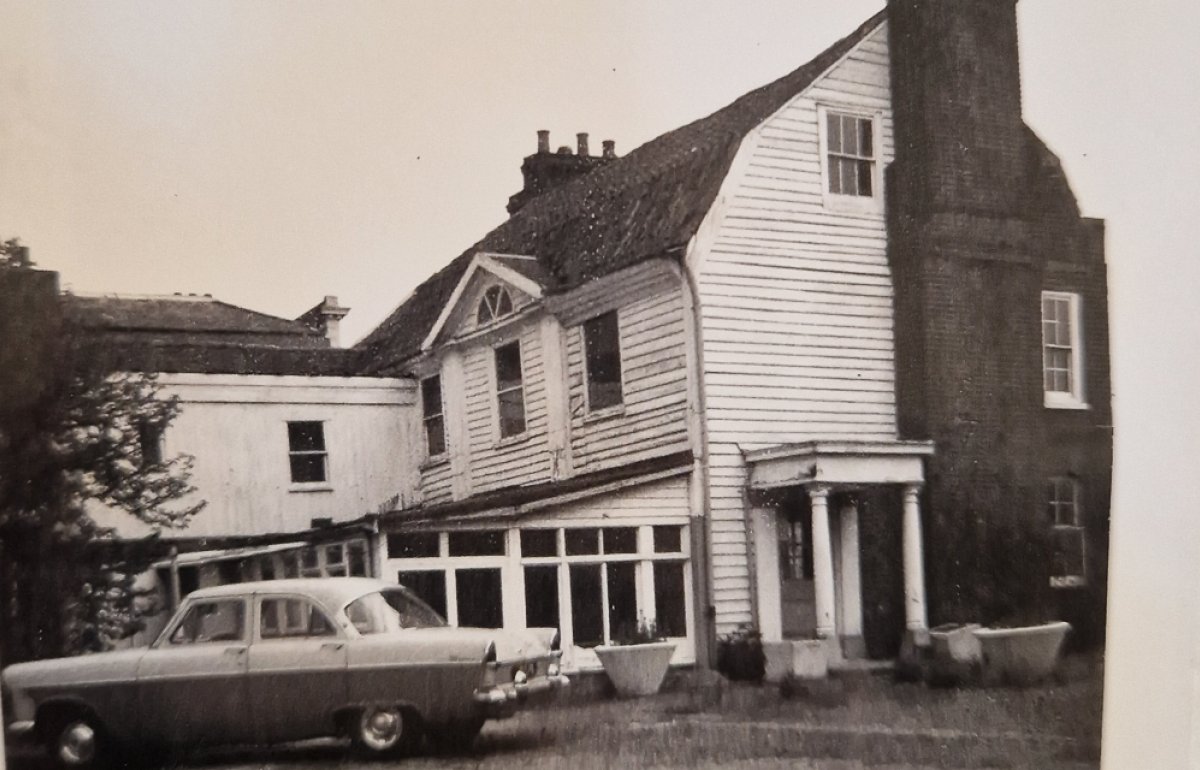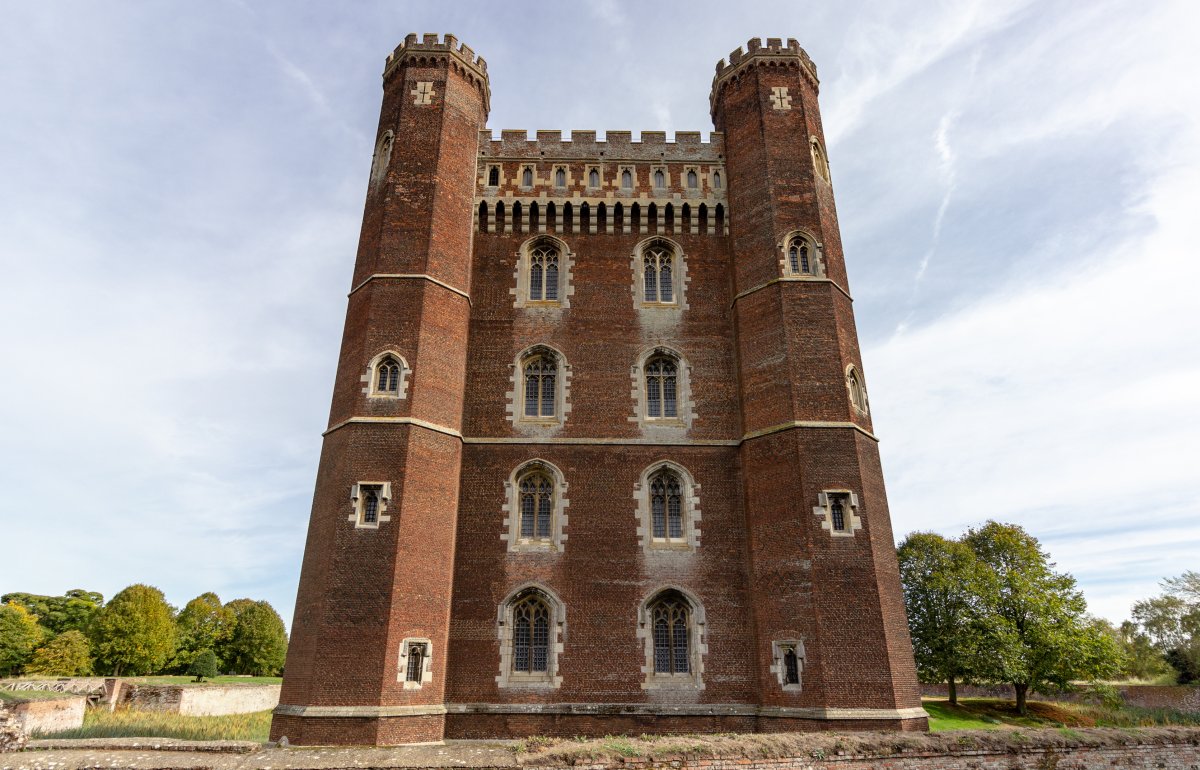From the Archives: Godalming’s Controversial ‘Pepperpot’ is a Study in How an Old Building Can be Saved
Share on:
SPAB Chair Duncan McCallum finds lessons from the past in the SPAB Archive.
Civic emotions in quiet, comfortable Godalming must rarely have run higher than they did in 1901 when its Old Town Hall became the key Town Council electioneering issue. The Town Hall was known affectionately by locals as ‘The Pepperpot’ because of its diminutive size, its prominent cupola and its (rather slight) resemblance to a traditional pepper shaker.
These small-scale town halls pre-date the much more grandiose structures that became popular after the 1888 Local Government Act. By the late 19th century, ‘The Pepperpot’ had, to the tastes of some, ceased to be a fittingly dignified statement of Godalming’s civic status in Surrey.
A wonderful 1901 election poster, recently re-discovered in the SPAB Archive, along with a collection of letters and newspaper clippings dating from 1898 to 1947, show that this natty 1814 civic structure came within a hair’s breadth of being demolished several times. So how did it survive?
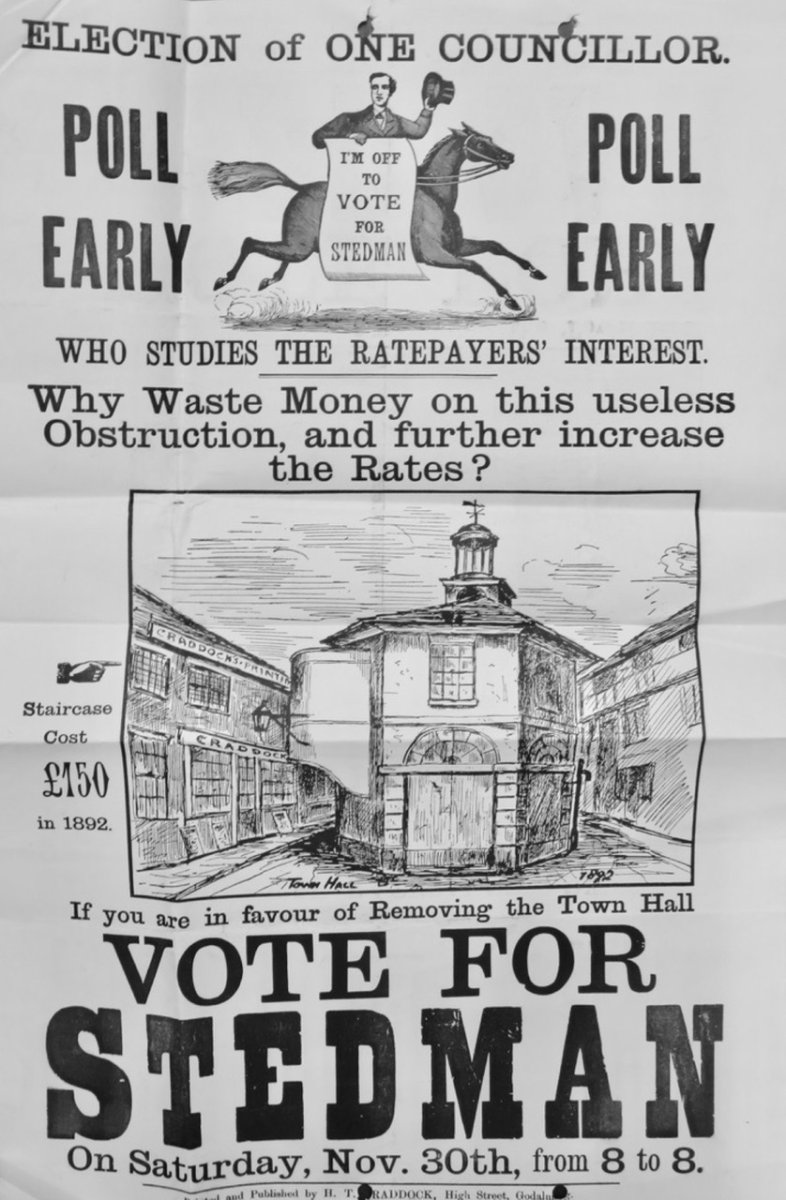
1901 election campaign poster © SPAB Archive
Saving the ‘Pepperpot’, one skirmish at a time
Four factors saved this little ‘jewel in a perfect setting’.
Local action
The ‘Pepperpot’ certainly had its fair share of detractors. It was described by a local politician as ‘a hideous obstruction’ to local traffic; had a rather ungainly tacked-on staircase protruding from one side; and had had the misfortune to be rendered at a time when removing render from older buildings was almost a national obsession.
Some also felt it was poorly constructed, although this was more likely the result of lack on regular maintenance by the Town Council. The main charge against it was that it had been seen as a long-term drain on Godalming’s ratepayers.
Nevertheless, some residents and local politicians fought with great stamina for the ‘Pepperpot’s survival. They recognised its charm, even if it was seen by many as being unfashionable. When those crunch votes came, more politicians wanted it saved than demolished.
National protection legislation
In 1947, the game-changing Town and Country Planning Act introduced the listing of buildings. This was one of the earliest structures protected in December of that year, following another narrowly-won stay of execution two months earlier. The Act also sparked a wave of town planning activity, including a relief road for the town centre, so that the building’s location became less of an issue.
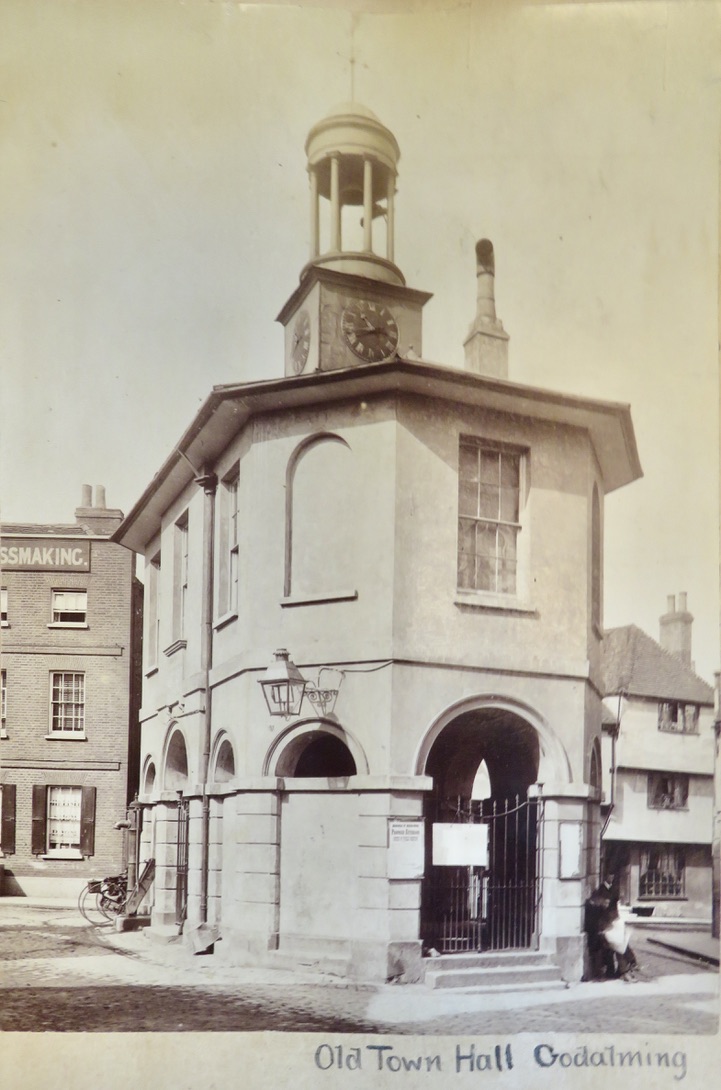
A photo of the Old Town Hall, Godalming © SPAB Archive
National campaigning
National news was as important in the late 19th century as it is now. Key ‘influencers’ of the time raised petitions and wrote letters to the papers, securing both local and national coverage. With its network of members and wider connections, the SPAB was very influential and drew on support from Princes, Princesses, Lords and other celebrities of the time, like local resident Gertrude Jekyll. The National Trust also took an interest and offered to write a lobbying letter to the Council.
Direct intervention by the SPAB
Very unusually, at the high point of threat to the building in 1902, the SPAB took on a seven-year lease of the building to bring it back into a reasonable state of repair and find a sustainable use for it when other attempts had failed. By 1913, however, a letter from SPAB to the Mayor of Godalming indicates that options for the building were still being hotly debated and the threat was still there.
The wider impact of the battle on wider local heritage campaigning
The ‘Pepperpot’ was saved only after half a century of drawn-out skirmishes. But these had a silver lining: they encouraged the development of a wider network of local heritage and civic societies in the country, all dedicated to championing threatened buildings and townscapes.
The furore around threats to this building and others greatly informed the SPAB’s attempts to encourage local communities to fight for the protection of their local heritage. The co-operation of local and national organisations fighting for the defence of old buildings, as happened here and in nearby Guildford, was recognised as having greater impact than just national self-appointed experts.
In 1898, the indefatigable Thackeray Turner, the SPAB’s first paid staff member, wrote to the local architect Samuel Welman that the SPAB “is anxious that in the most beautiful of our old towns in England there should be some body who would take an interest in the preservation of the beauties possessed by the town.”
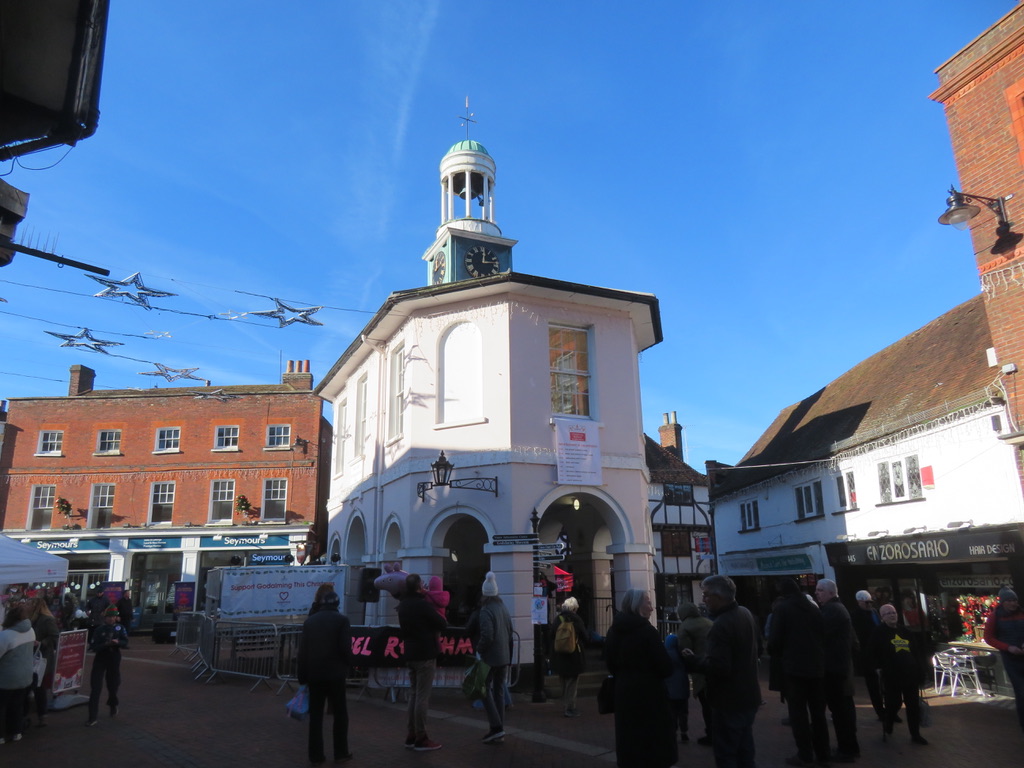
The modern day Pepperpot © Duncan McCallum
Even though the SPAB has always needed membership subscriptions as vital income, Thackeray tried to dissuade Welman from becoming a member, explaining that, “for the present, you would be able to give us greater assistance by not joining and still letting us have your sympathy because, it is thought that if a Society is ever formed in Godalming, the movement must originate in the town itself.”
In 1901, in a closely-argued letter to the Mayor of Godalming, the SPAB mainly focused on the building’s value as a traffic calming device. But, interestingly, it also highlighted its social welfare: “it is scarcely fair on the poor of Godalming to remove the structure as the open space under is used as a free market where cheap fish and the like are sold… The building is of the greatest value to the pleasant aspect of the town, and indeed that the great charm of the town is largely due to its presence. Its removal would render the town commonplace.”
Today, the ‘Pepperpot’ is much less at risk than it has been for 125 years. However, the story of Godalming’s Pepperpot reminds us that without local campaigners and national heritage organisations such as the SPAB, with its expert staff supported by volunteers, valuable parts of our heritage will continue to come under threat. Even national listing doesn’t automatically ensure that such buildings remain in a good condition or are not subject to periodic demolition threats.
Organisations such as the SPAB, and local heritage groups, continue to need members and financial support to ensure such dangers are spotted in time and addressed.
Join us and help us to protect, care for and repair historic buildings. Find out about SPAB Membership today.
Sign up for our email newsletter
Get involved


